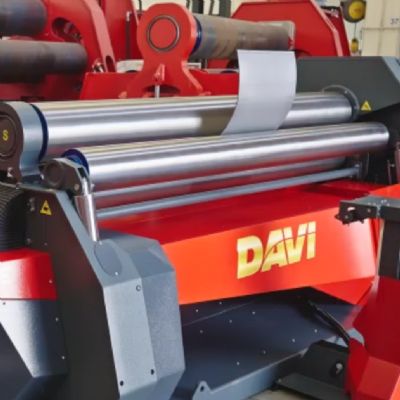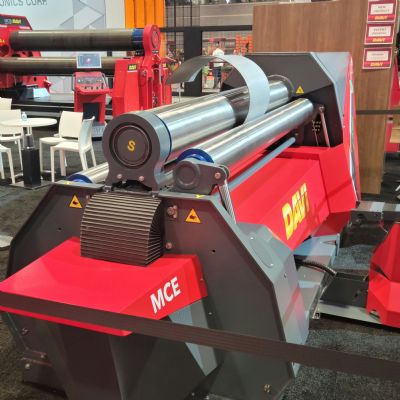In 1935, the Steel Division of Allegheny Ludlum convinced the Ford Motor Co. to collaborate on a stainless-steel car as part of a campaign to introduce stainless steel and its capabilities to the American public. The effort culminated in production of a 1936 Deluxe Sedan. Ford rolled six of the models off of its Detroit assembly line. Each logged more than 200,000 miles with Allegheny Ludlum officials behind the wheel before being transferred to private ownership. Four of those still exist, all with their stainless-steel cladding while most other nonstainless components have been replaced. In 1960, Ford rolled two Thunderbirds out of its Wixom, MI, plant. Besides the body skin, bumpers and grille, all made from Type 302 stainless, every other component was standard equipment for the 1960 ‘Bird. Also included, according to Allegheny Ludlum officials: the first Type 409 stainless-steel muffler released on a production vehicle. Each of the two cars have logged more than 100,000 miles, still with their original mufflers and Type 304 stainless exhaust pipes. Interestingly, the two cars were made at the end of the production run, as engineers reasoned that forming the hard stainless steel would destroy the stamping dies.
The last stainless car produced via the Ford-Allegheny Ludlum collaboration was the 1967 Lincoln Convertible. Ford built three of these, and save for the bodies, all other parts were standard.
A 1936 Deluxe Sedan, 1960 Thunderbird and 1967 Lincoln Convertible comprise the stainless-car exhibit at the Crawford Museum. They are worth a look, as a testament to the durability of stainless steel. And eye-catching? In my opinion, you will not see a better looking finish on a car. No wonder the appliance industry, and American consumers, have adopted stainless steel as the cover of choice for high-end refrigerators, washers and dryers.
So next time you travel through Cleveland, make the Crawford Auto-Aviation Museum a must-see stop. Besides the stainless cars, you’ll gain an appreciation for just how much the city has contributed to the automobile industry. Forgotten by many today is the fact that in 1900 Cleveland was home to more than 70 auto manufacturers, and the city was responsible for many automobile firsts—The first auto sold in the United States was from Winton Motors; Baker Motors built the first car that used steel ball bearings; and the first use of the French word “automobile” in conjunction with the U.S. car industry was by a Cleveland Plain Dealer reporter in 1899.
Cleveland may not be an automotive hub anymore, but it is home to a stainless trio that helped introduce a miracle material to America.
Technologies: Bending








